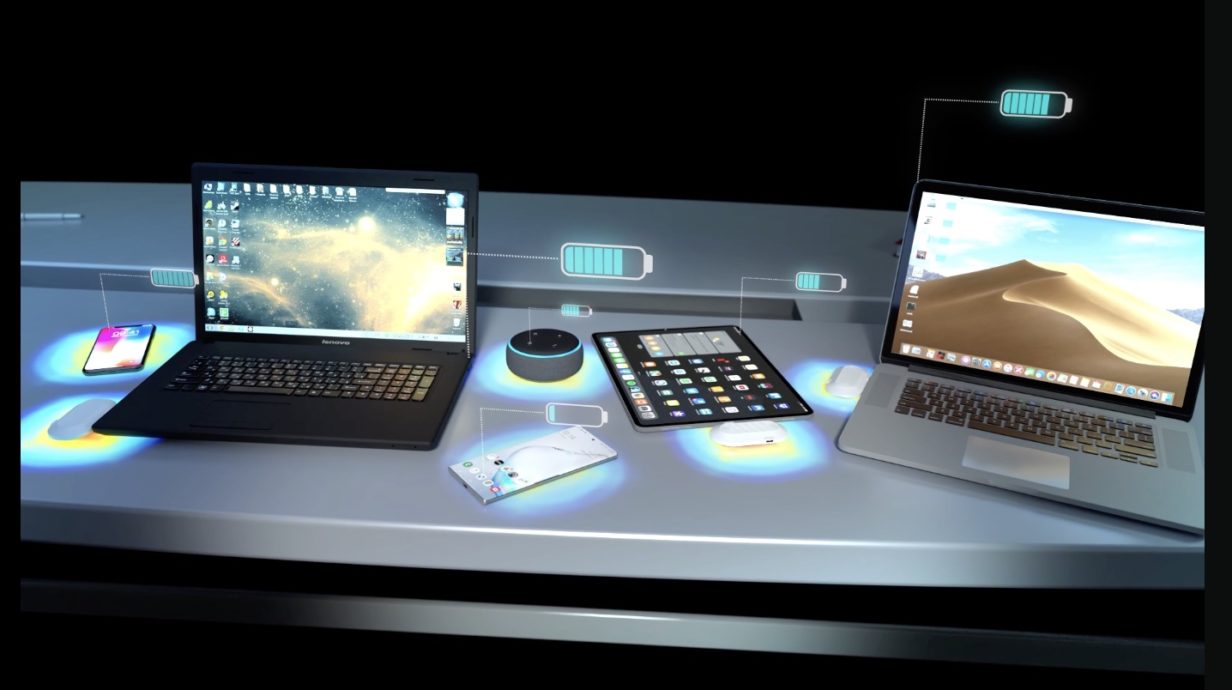
Infrastructure Charging: The Enterprise Game Changer
Enterprises are tasked with many different forms of technology and infrastructure planning, design, and spending. Infrastructure charging falls into several of these categories. In fact, for those that don’t already know, infrastructure charging is when ordinary surfaces in the enterprise are configured to autonomously and intelligently sense and electronically charge devices and other electronics right where you place them.
Enterprises who deploy infrastructure charging programs across their organizations see several types of impact. First, there is the physical impact. By transforming ordinary enterprise surfaces from analog ones to digital intelligent ones, those surfaces become workhorses for an organization, instead of inanimate objects that simply hold items. A truly wireless workspace means employees can be more productive, the space is safer, the company is more sustainable because they aren’t deploying the same multitude of cords and extra cords and charging blocks, and more. Finally, there is a significant financial impact to an organization. By reducing operational costs through infrastructure-based charging programs, organizations need not spend on new charging modalities for their equipment. Instead, updates are made over the network.
“The most important factor is to invest in technology that provides an infrastructure with the lifetime of 5-10 years,” said Yousof Naderi, CEO and Co-Founder, DeepCharge. “The infrastructure does not need to be replaced by any changes that device makers make on their charging technology. Additionally, (enterprises) need an infrastructure charging solution that is universal and can charge multiple devices at the same time, all with the same platform,” notes Naderi.
DeepCharge is a Boston-based startup that is focused on the wireless charging market. Their products offer the most advanced, intelligent modules and monitoring software for enterprise-wide, infrastructure-based charging available on the market today. The company understands that by deploying a software-defined wireless charging infrastructure, organizations can provide universal charging over existing architectures.
Companies that deploy infrastructure-based wireless charging programs can expect an easy-to-use system that upgrades efficiently. The DeepCharge system, for example, is device agnostic, so there is no need to revamp your corporate device allocations. Because companies that deploy this system are literally “cutting the cord” from their devices, there is little to no risk of falls, injury, or other OSHA-type concerns.
When devices charge automatically without cords or other reactive modalities, productivity is greatly enhanced. The workspace is more aesthetic, which also empowers creativity. And, as a side benefit, employees that work in a nicer workspace are happier in an organization for far longer than those that don’t.
“Charging devices today, prior to our products, means four types of drain on the enterprise,” said Naderi. There is “productivity drain, emotional drain, financial drain, and environmental drain. The current enterprise charging solutions cost enterprises more time, more money, and more energy.”
In today’s economy, organizations that are focused on improving employee productivity, while reducing bottom-line costs need not look any further. Deploying an infrastructure charging system in an enterprise environment also presents a tremendous advantage for employees, by removing the additional work stress associated with drained batteries. For those that don’t think this is a significant issue, think again. I ask you this: how many times have you personally forgotten a charging cord when you needed it the most? If your answer is one too many times, than an infrastructure charging system is exactly what your company needs – whether you’re the key decision maker or simply an employee who requests it.